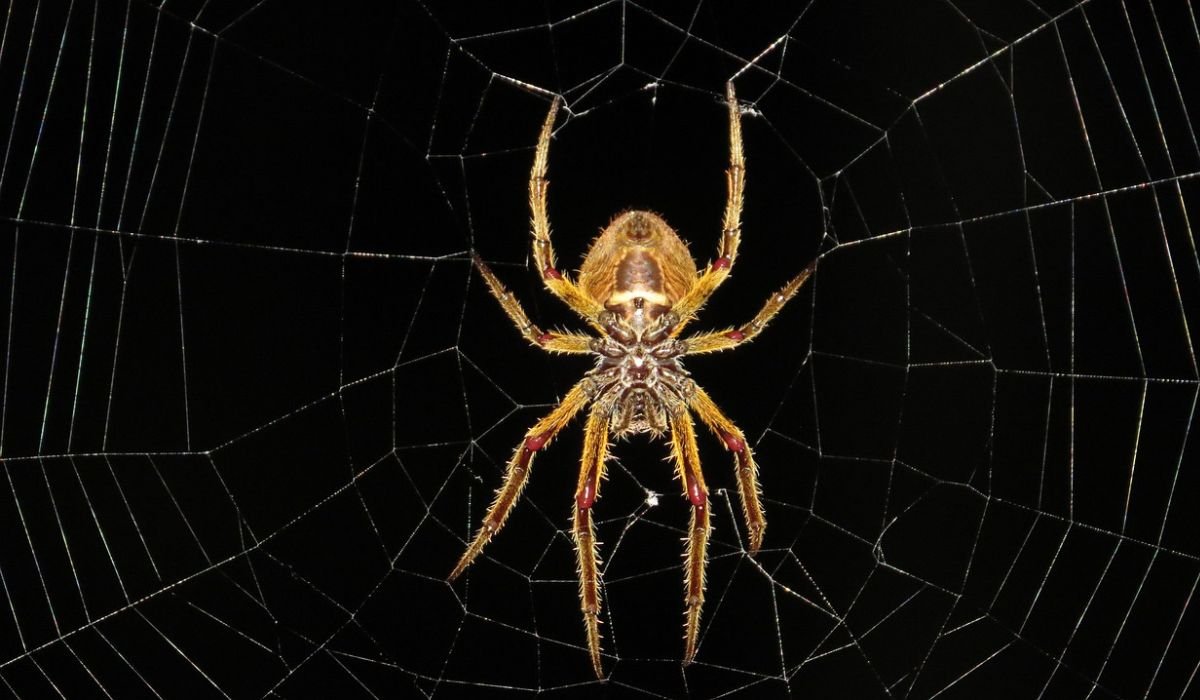Jumping spiders are fascinating creatures, capturing the interest of pet enthusiasts of all ages. Their unique characteristics, agility, and curious nature make them popular pets, and they thrive in well-designed enclosures. This blog post will guide you through everything you need to know about jumping spider enclosures, ensuring your pet enjoys a comfortable and healthy environment.
Introduction to Jumping Spiders
Jumping spiders are among the most intriguing arachnids, known for their incredible agility and vibrant personalities. Unlike other spiders, they don’t rely on webs to catch prey; instead, they use their impressive jumping ability and keen eyesight to hunt. These attributes, along with their manageable size, make them an attractive choice for both new and experienced pet owners.
Their popularity as pets has surged in recent years, partly due to their engaging behavior and the growing interest in keeping exotic pets. Jumping spiders can provide hours of entertainment as they explore their enclosures, and their low-maintenance care requirements make them accessible to a wide range of enthusiasts.
The Importance of a Proper Enclosure
Creating the right jumping spider enclosure is crucial to ensuring the health and happiness of your pet. A well-thought-out enclosure can mimic their natural habitat and provide them with the necessary conditions to thrive. Factors such as size, ventilation, and substrate play a significant role in maintaining a suitable environment.
A spacious enclosure allows your spider to move freely and exhibit natural behaviors. Adequate ventilation is essential to prevent the build-up of moisture, which can lead to mold and other health issues. The substrate used should be safe and reflective of their natural surroundings, promoting exploration and comfort.
Step-by-Step Guide to Setting Up a Jumping Spider Enclosure
Selecting the Right Container
When choosing a container for your jumping spider enclosure, consider both size and material. A clear plastic or glass container is ideal, as it allows for easy observation while providing a controlled environment. Ensure the container is large enough for your spider to move around comfortably, with enough height to accommodate their jumping abilities.
Preparing the Enclosure
Begin by cleaning the container thoroughly to remove any residue or contaminants. Once clean, add a layer of safe substrate, such as coconut fiber or organic topsoil, to create a base. This substrate will not only provide comfort but also help maintain proper humidity levels.
Designing the Interior
To mimic the spider’s natural habitat, include elements like twigs, leaves, and small branches. These items offer hiding spots and climbing opportunities, essential for your spider’s physical and mental well-being. You can also add small rocks and bark pieces to further enrich the environment and stimulate natural behaviors.
Feeding and Care
What and How to Feed Jumping Spiders
Jumping spiders primarily feed on live insects, such as fruit flies, crickets, and small moths. When feeding, ensure the prey is appropriately sized, as spiders can struggle with prey that’s too large. Offer food every few days, observing your spider’s behavior to gauge its appetite and adjust feeding frequency accordingly.
Maintaining the Enclosure
Regular maintenance of the enclosure is essential for your spider’s health. Spot clean the substrate to remove waste, uneaten prey, and mold. Additionally, ensure that the enclosure maintains adequate ventilation and humidity levels, which can be achieved by lightly misting the interior with water every few days.
Common Mistakes to Avoid
Overfeeding
One common mistake is overfeeding, which can lead to health issues and a dirty enclosure. Monitor your spider’s feeding habits and avoid offering more food than it can consume within a reasonable timeframe.
Inadequate Ventilation
Insufficient ventilation can result in excess humidity, leading to mold growth and respiratory problems for your spider. Ensure the enclosure has proper airflow by regularly checking and adjusting the container’s ventilation features.
Ignoring Substrate Safety
Choosing an inappropriate substrate can be harmful to your spider. Avoid using substrates with sharp particles or those that retain too much moisture, as these can cause injury or mold growth.
You May Also Like: Nikke Tier List Mastery for All Ages
Conclusion
A well-designed jumping spider enclosure is essential for the health and happiness of your pet. By understanding their needs and creating a suitable environment, you can ensure your spider thrives. Remember, responsible pet ownership involves regular care and observation. We encourage you to share your experiences or ask questions in the comments below.
FAQs
- What size should a jumping spider enclosure be?
A jumping spider enclosure should be at least 12x12x12 centimeters, allowing room for movement and jumping.
- How often should I feed my jumping spider?
Feed your jumping spider every 2-3 days, adjusting based on its appetite and activity level.
- What substrate is best for a jumping spider enclosure?
Coconut fiber or organic topsoil are ideal substrates, offering comfort and helping maintain humidity.
- Can I keep multiple jumping spiders in one enclosure?
Jumping spiders are solitary creatures and should be housed individually to prevent aggression.
- How can I maintain proper humidity in the enclosure?
Lightly mist the enclosure every few days to maintain appropriate humidity levels, without over-saturating the substrate.











